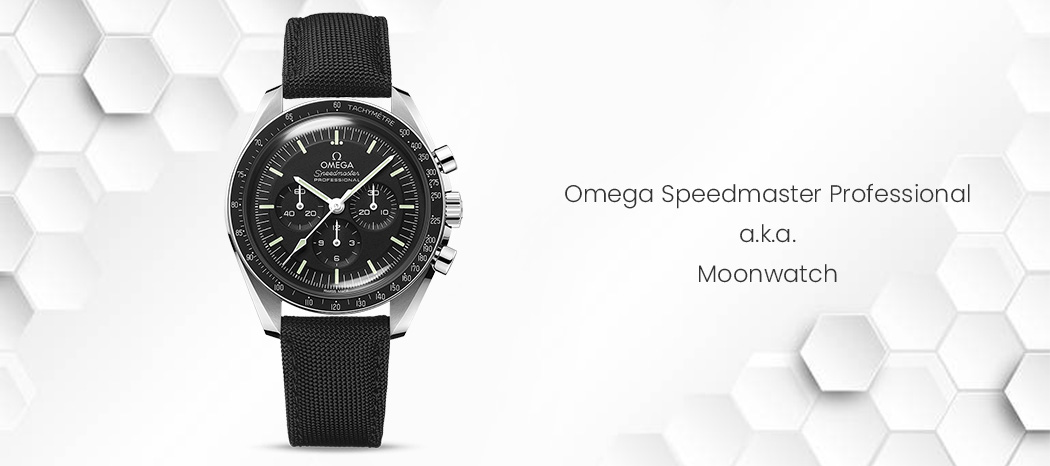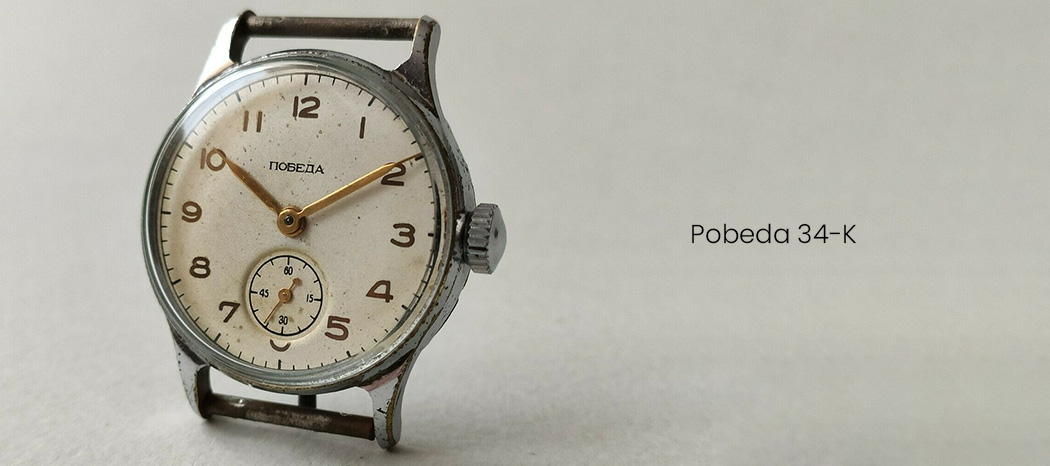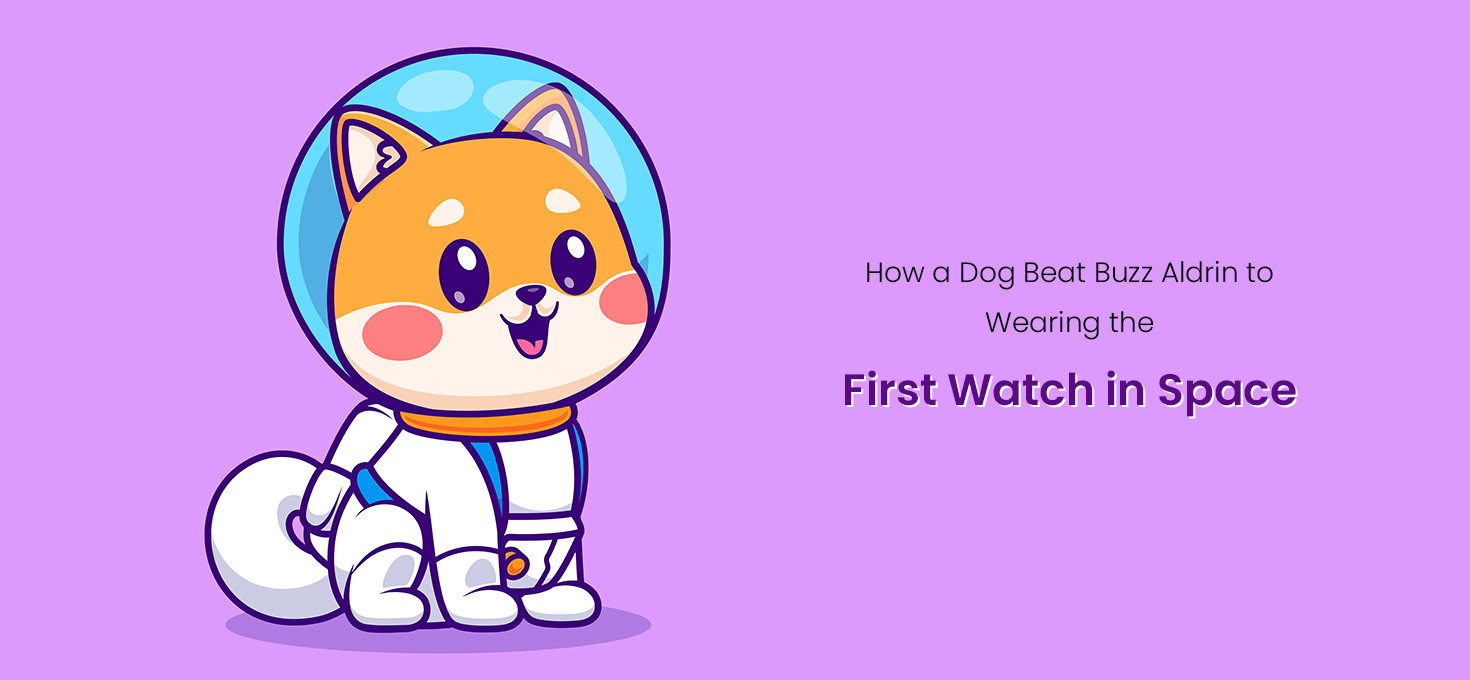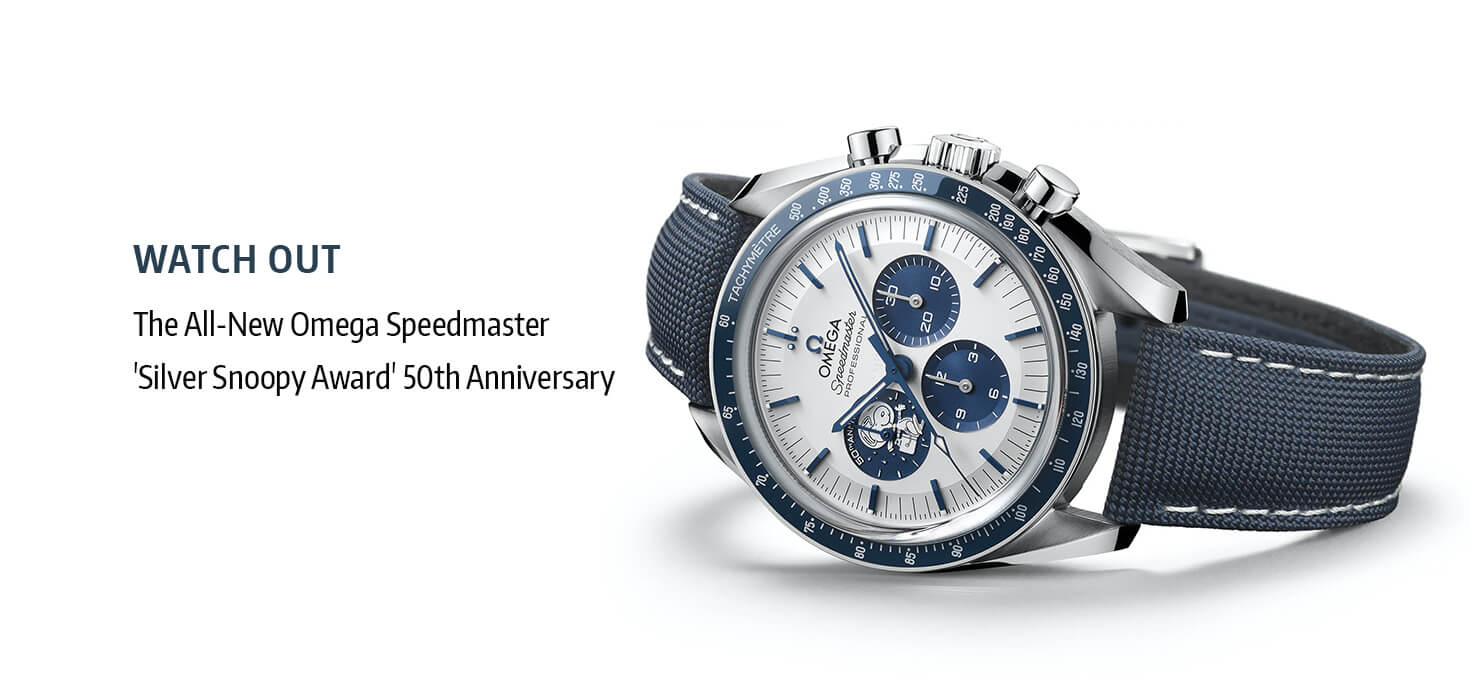Watch enthusiasts are familiar with Omega’s love story with space and the moon.
The Omega Speedmaster Professional, also known as the Moonwatch, is the most famous watch associated with space. Buzz Aldrin made it the first watch worn on the moon when he walked on the lunar surface and gazed back at the Blue Planet on July 20, 1969. While we can only begin to fathom the vision and the experience of a moonwalk, we can certainly appreciate it.

The moonwalk did not just define mankind’s progress as a species but also became a significant moment in the Cold War. The Cold War was driven by ideological and cultural differences, and the space race, i.e., the race to the moon, was a defining front in this political divide between the Americans and the Soviets.
However, the story we shall focus on today is not about the Americans and the Soviets, and it is not about Buzz Aldrin. Admirable as the moonwalk is, our story focuses on the unlikely hero in the form of a street dog named Chernushka.
Finding herself in power struggles that she could not comprehend, Chernushka was charged with a heavy responsibility to prove that space travel was feasible for man. In those days, space tourism was a subject of science fiction and not newspapers as it is today. Scientists did not know if one could go to space and return just as well as they had left.
Chernushka was not the first dog selected for this mission.
The moon was situated at the top of a ladder that had many steps. Before going to the moon, one had to go to space first. One of the steps on this ladder was reaching orbit, i.e., the place in outer space where a spacecraft could encircle the Earth.
This place is a zone of weightlessness. When one reaches here, they enter the null there is no air that would hinder the spacecraft’s movement and no gravity to plant one’s feet in. The temperature fluctuates at unearthly rates, and the sunshine could blind one if they look at it directly.
Laika, a Soviet street dog born in Moscow, was the first living being that would reach orbit in the spacecraft called Sputnik 2.
The story of Laika the dog would end tragically, though. While the Soviets had successfully made a spacecraft that could circle the Earth from space, they had not yet figured out how to land the vehicle back on the ground. Laika could not bear the heat in the spacecraft and only survives in the memory of people today.
More than three years later, on 9 March, 1961, Chernushka, meaning Black, was nominated to encircle the Earth and return back home.
On the other side of the coin, the Americans had not yet successfully orbited Earth. The Soviets were winning the space race at this point and they needed Chernushka to give them a green light leading to the ultimate goal sending man to the moon.
Sputnik 9 took off with Chernushka on board. Chernushka was the only one in the spacecraft, besides a dummy that the Soviet scientists called Ivan Ivanovich, some mice, and a guinea pig. Back in the motherland, the scientists noted every detail from the instruments on the craft with the utmost attention.
Chernushka was strapped with a Pobeda 34-K on one of her legs.

Not only did Chernushka survive an orbit around the Earth and land safely but she also enabled the Soviets to believe that space flight was possible for humans too. This flight was the first of its kind and created widespread enthusiasm. This also meant that the Pobeda 34-K was the first watch worn in space!
Raketa, the company that created the Pobeda 34-K, today features space as a prominent theme in their watches.
Very soon after Chernushka, Yuri Gagarin from the USSR became the first human in space on 12 April, 1961. The Americans would also send a human to orbit a year later, in the form of John Glenn, who brought his Breitling Navitimer with him.
And a few years later, gentlemen with the names Neil Armstrong and Buzz Aldrin would take part in the most important cultural moment in the history of mankind.





Recent Posts
Recent Comments
Archives